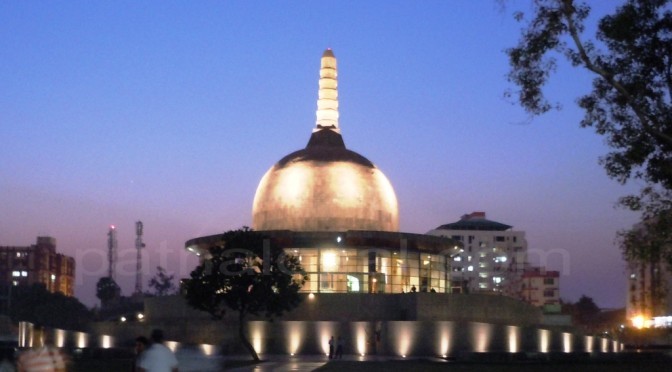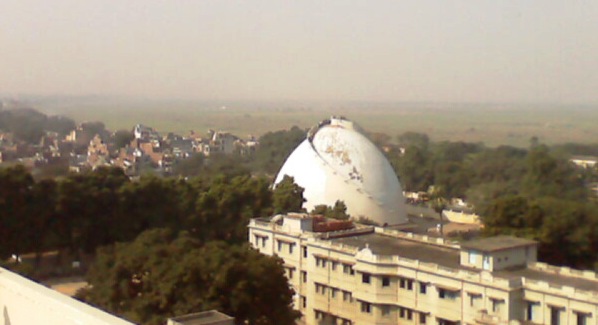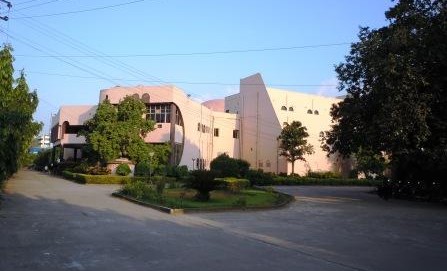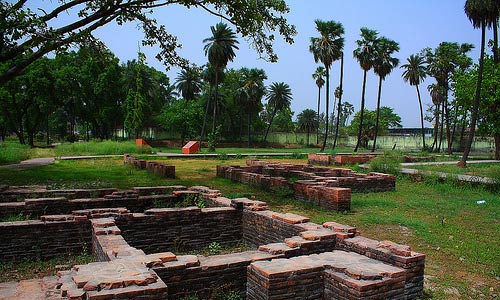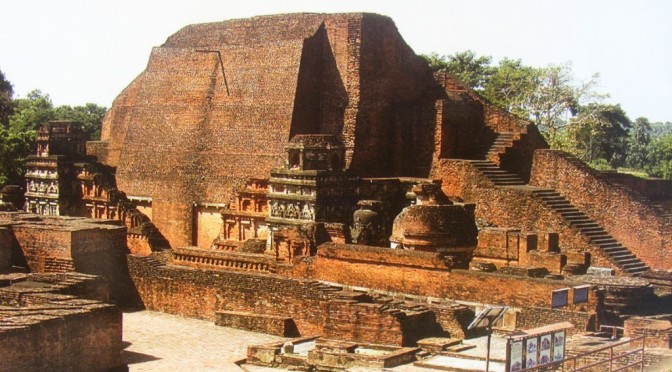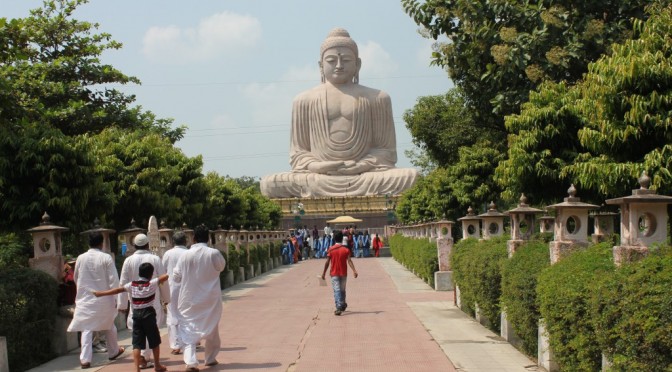One of the famous Buddhists sites, Kesaria in the East Champaran district of Bihar is home to one of the most striking architectural remains of ancient India. Discovered in 1958 during an excavation led by Archaeologist KK Muhammed of Archaeological Survey of India (ASI). The stupa dates to between 200 AD and 750 AD.
The colossal Buddhist Stupa, excavated here in 1958 and 1998 by The Archaeological Survey of India (ASI), is hailed as the largest in the world.
With a height of 104 feet and circumference of almost 1400 feet, this imposing structure is larger than the Borobudur sputa in Indonesia. Located in a serene ambience, the Kesaria stupa is a testimony to the greatness of the ancient Buddhist architecture and stands out as a worthy emblem of a great religion. – See more at: http://www.incredibleindia.org

